There was a time, not that long ago, when sasanqua camellias were less well known to most gardeners and less often grown in gardens than japonicas, but that time has surely passed. Of the dozens of sasanquas available from specialty nurseries and online, a few can even be found in the gardening sections of big-box stores.
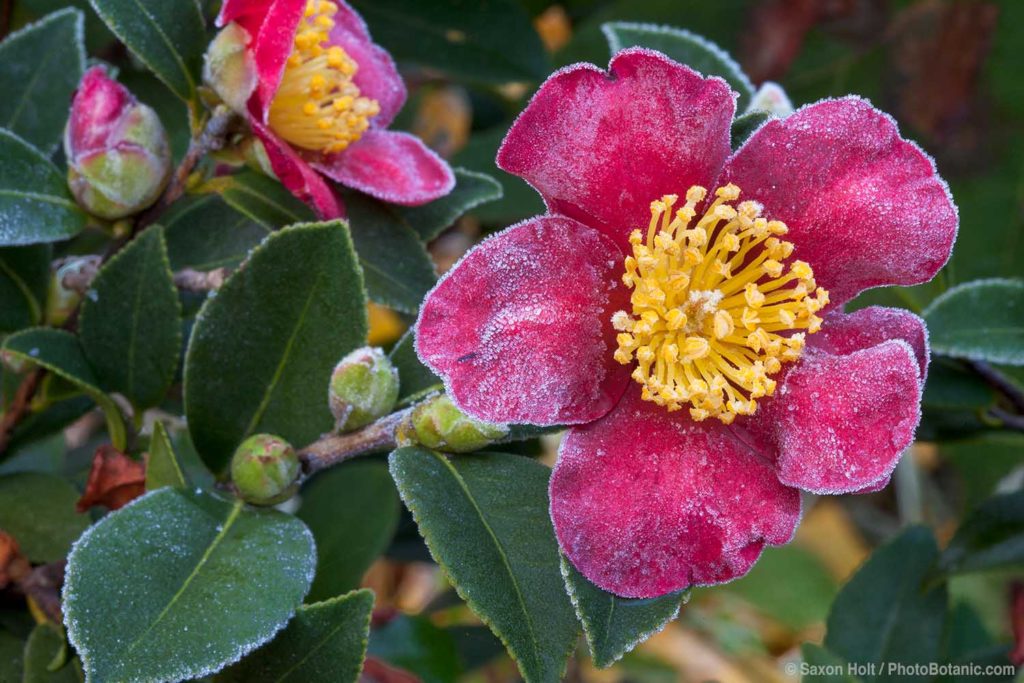
‘Yuletide’ on a frosty winter morning
There are many reasons for the popularity of Camellia sasanqua and its abundant offspring, especially in summer-dry climates. Most camellias do best in mild, humid climates with regular summer water, but established sasanquas, with afternoon shade and surface roots mulched, can get by quite nicely with occasional deep watering even in Los Angeles.
The taxonomy of camellias is complex and fluid. Many camellias offered as sasanquas actually are hybrids that vary in their cultural requirements and bloom times. Sometimes called sun camellias or autumn camellias, most of the sasanqua group do well in at least part sun and some require it for best flowering. Flowering occurs in fall or early winter rather than late winter and spring as for japonicas, reticulatas, and others.

‘Cleopatra’
Most Camellia sasanqua selections and hybrids have smaller leaves and smaller flowers, simpler in form, than those of C. japonica, lending a finer-textured, more delicate appearance well suited to residential gardens. Flowering is prolific but each flower lasts only a few days, after which petals drop cleanly to the ground. A blanket of fallen petals spread out beneath the plant is a sure sign of sasanqua parentage.
Sasanquas also tend to be much faster growing than japonicas. Although some in time can become almost treelike in stature, most are midsized to fairly large shrubs and some are mounding or arching groundcovers. Some may be offered as cultivars of Camellia hiemalis or C. vernalis, themselves likely hybrids, rather than C. sasanqua.
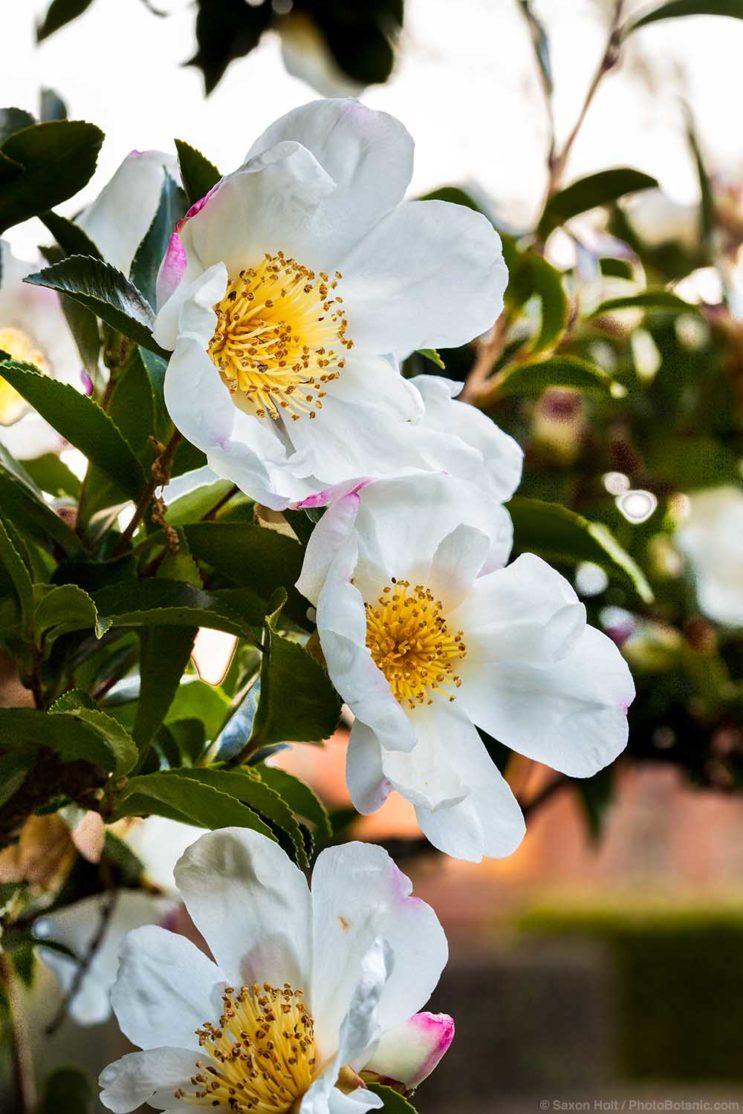
‘Narumi-Gata’
Among the low growing, more widely spreading or mounding sasanquas are ‘Bonanza’, with reddish pink semi-double flowers, ‘Chansonette’, with pink double flowers, and October Magic Carpet, with frilly, pink double flowers. Dream Team, with rose-pink semi-double flowers, ‘Tanya’, with dark pink single flowers, and ‘Shi-Shi Gashira’, with hot pink double flowers, are also fairly low and wide. ‘Mine-No-Yuki’ (White Doves), with frilly, pure white semi-double flowers, is a little taller.

‘Apple Blossom’
Tall, upright shrubs include ‘Apple Blossom’ with white semi-double flowers edged in pink, ‘Narumi-Gata’, with pink-edged white single flowers, and ‘French Vanilla’ with large, creamy white single flowers. ‘Cleopatra’ has rose pink semi-double flowers, ‘Kanjiro’ has darker pink semi-double flowers, and ‘Yuletide’ has orangey red single flowers. ‘Setsugekka’, with bright white semi-double flowers, is tall but lax and somewhat weeping; it is especially striking as an espalier.
Sasanquas vary in their needs for shade and cold hardiness but all must have good drainage.


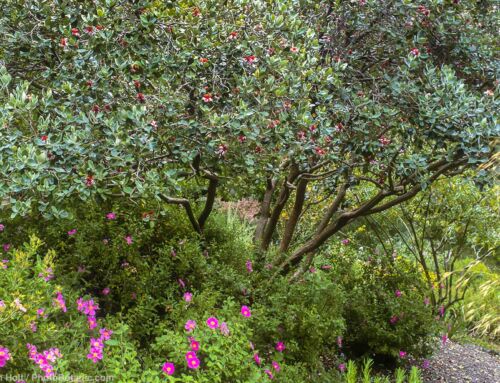
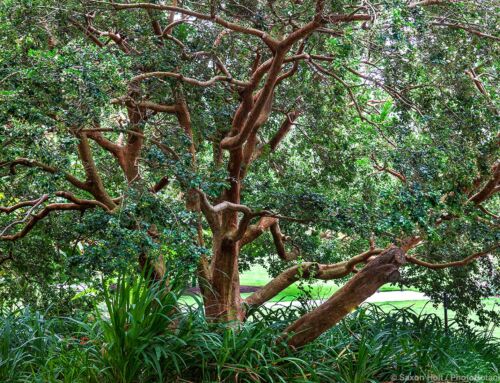
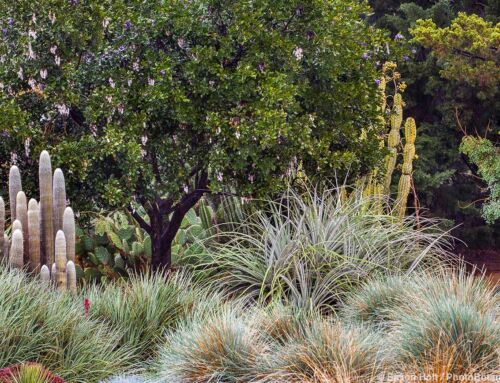
Leave A Comment